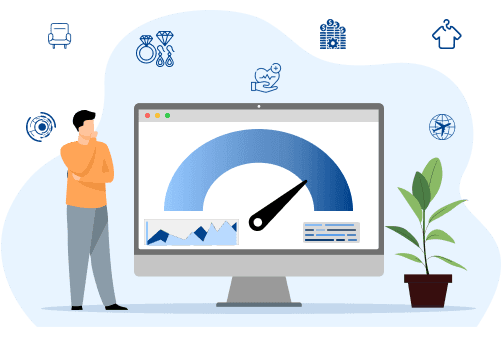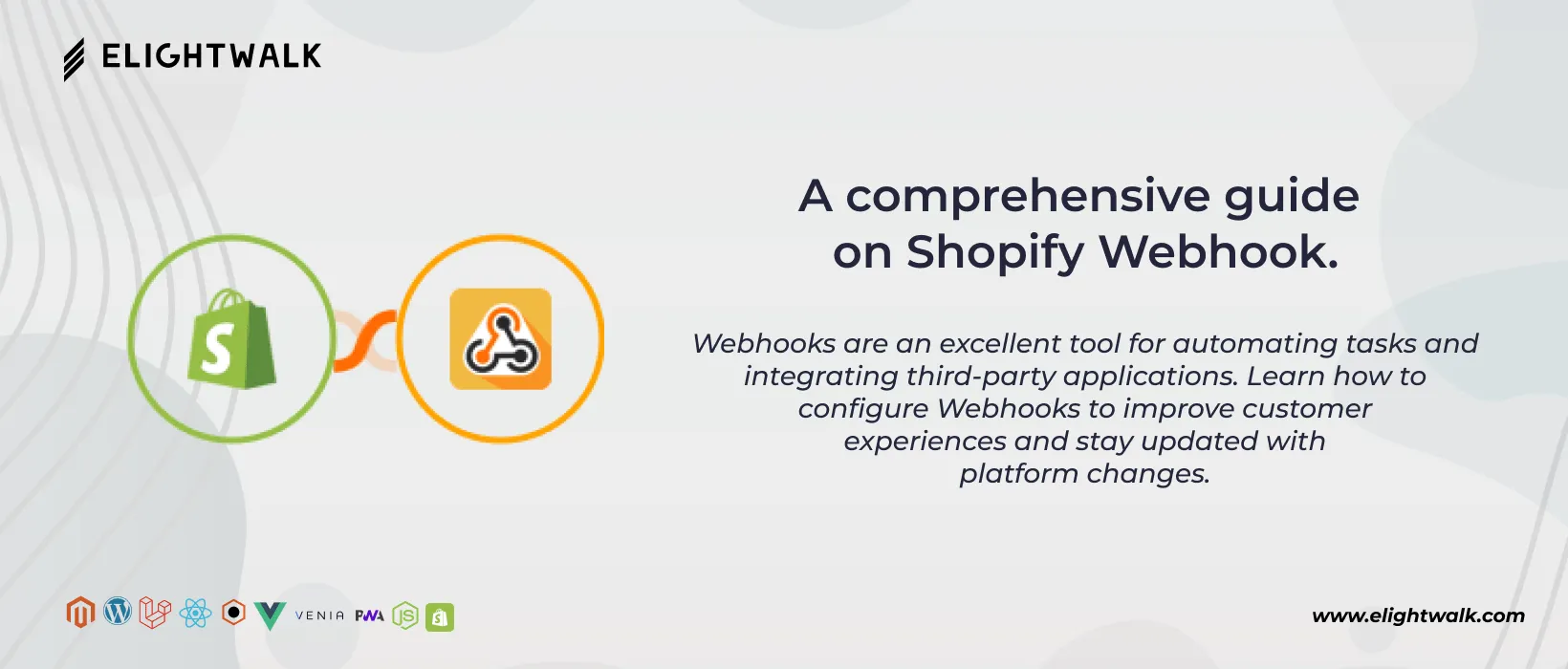Shopify Webhooks are triggered by specific events, referred to as webhook topics. These topics represent different actions or changes that can occur on the platform. Some common Webhook issues include:
1. Orders:
Orders/create: This webhook is triggered when a new order is placed on the Shopify store. It provides real-time information about the order, allowing for immediate responses or integrations with external systems.
Orders/update: This webhook triggers any update in the order detail. It involves information like shipping details changes, payment status, or product quantities.
2. Products:
Products/create: When a new product is launched to the store, this webhook is triggered, enabling applications or services to synchronize product data or perform additional actions in response to the new product's availability.
Products/update: This webhook enables the synchronization of product information across various systems. It is triggered whenever an existing product changes, such as updates to pricing or description.
3. Customers:
Customers/create: This webhook is activated when a new customer account is complete on the Shopify store. It's beneficial for maintaining customer databases, sending welcome emails, or performing other onboarding processes.
Customers/update: It is triggered when an existing customer account changes, such as updates to contact details.
4. Checkouts:
Checkouts/create: This webhook is triggered when the checkout process is completed. It captures information about completed transactions, facilitates order fulfilment processes, and tracks sales progress.
These webhook events provide a comprehensive framework for developers and merchants to build custom integrations, automate workflows, and enhance the overall functionality of their Shopify stores. By leveraging these webhooks, businesses can streamline their operations, improve customer experiences, and respond promptly to changes in their online storefronts.



